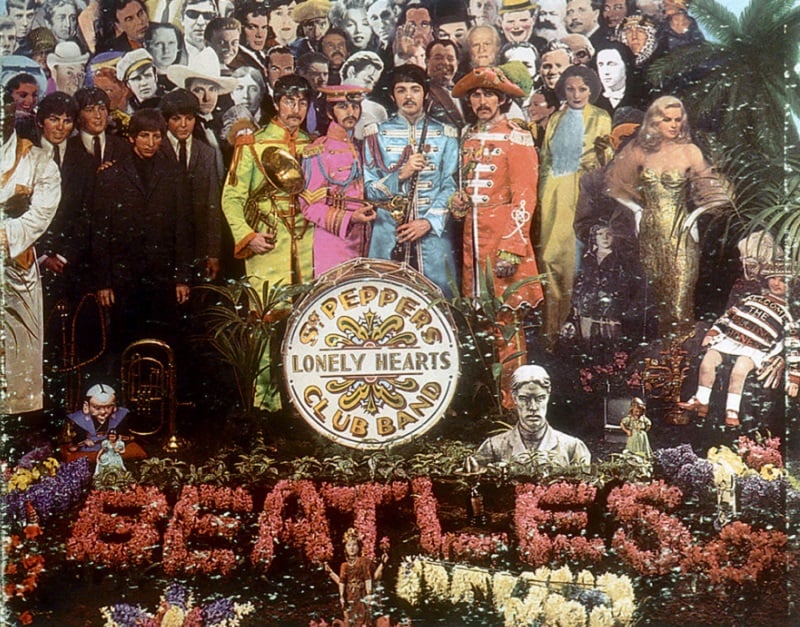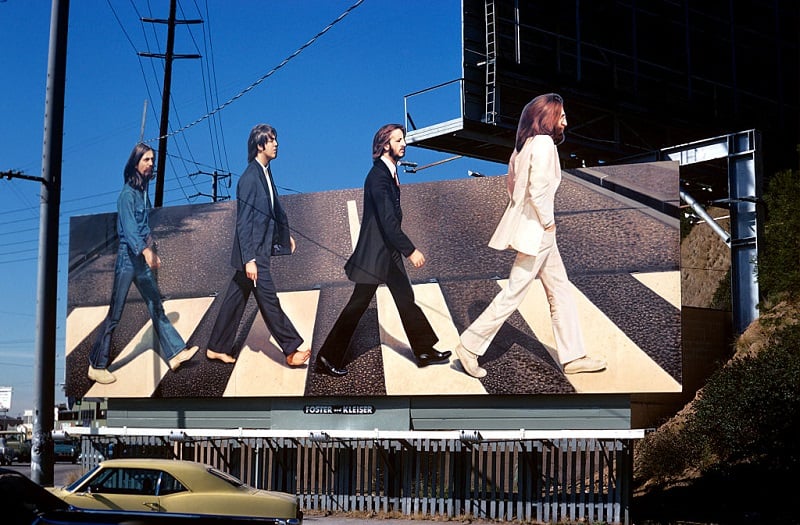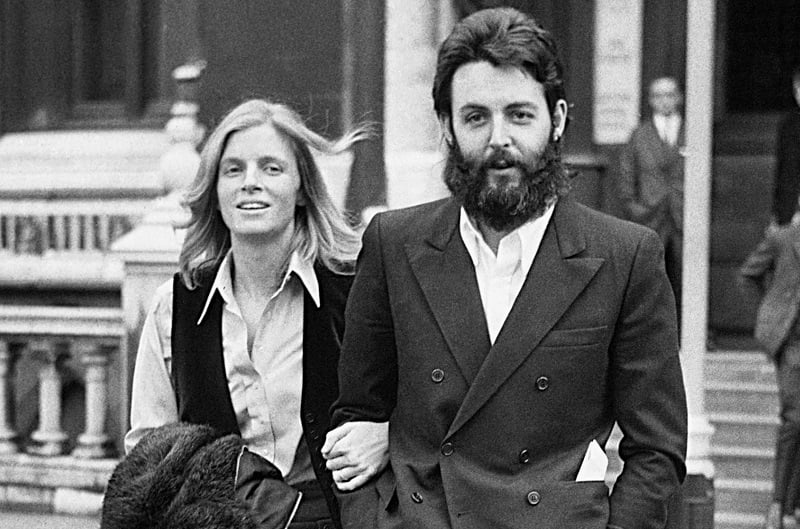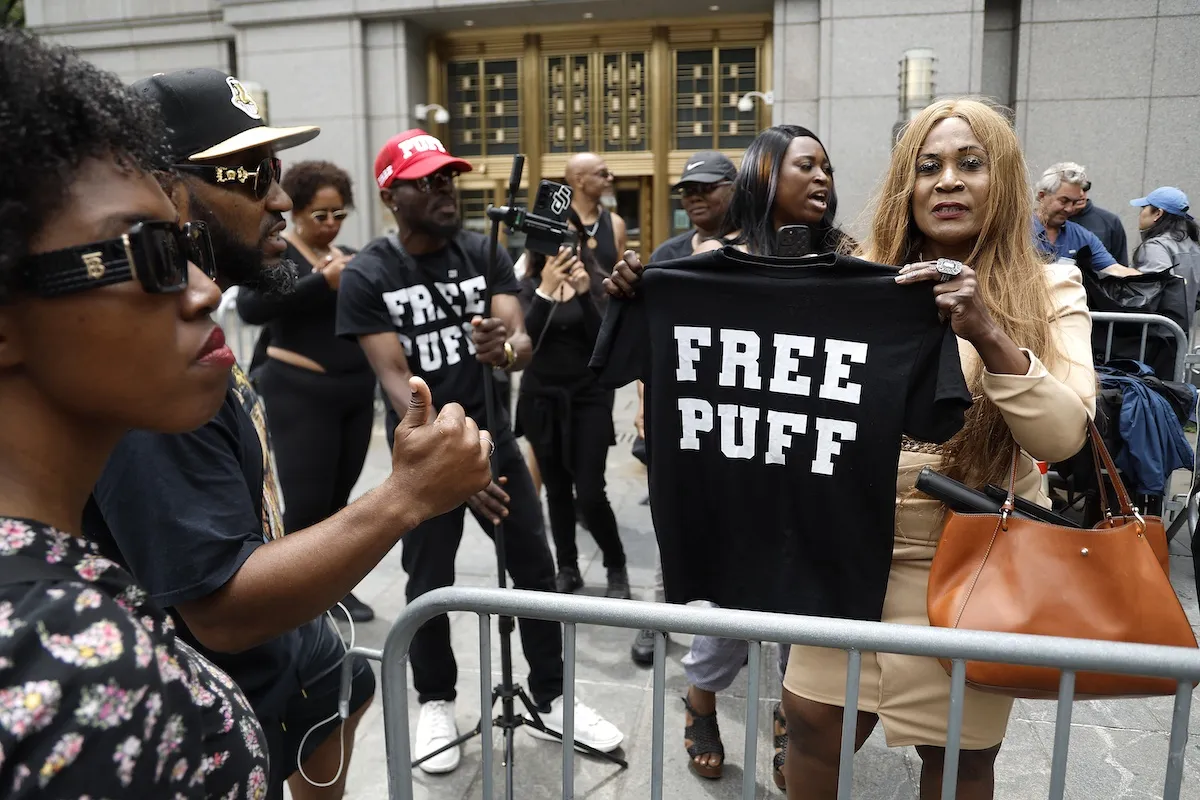The Craziest Beatles Conspiracy Theory That Ever Caught On
There were several consequences when The Beatles stopped touring late in 1966. For starters, fans couldn’t interact with the band at the peak of its popularity. They could only listen to the records and hope to catch fab Four interviews on TV and in the papers.
As time passed, it seemed fans stopped getting all their Beatles news from reputable sources. Though the internet didn’t exist, tabloids and underground magazines were alive and well at this time. By the late ’60s, several began spreading a rumor that Paul McCartney had died.
What was the basis for the rumors? Well, other than Paul not playing live shows, reports of his car getting wrecked and some “clues” found on album covers (and songs) fueled the storyline.
“Paul is dead,” the story went. Someone named Billy replaced him after a ’66 car accident. It might win the prize as the craziest Beatles conspiracy theory that ever emerged, and it still has its share of believers to this day.
The ‘Sgt. Pepper’s’ and ‘Abbey Road’ album covers were used to fit the narrative.

Many people trace the conspiracy theory back to a University of Michigan newspaper article from 1969. Writing in Michigan Daily, Fred LaBour used the cover of Abbey Road to suggest Paul was dead. (Though written in jest, people took it seriously.)
In the cover photo, you see the band members dressed differently, and LaBour interpreted it as a funeral procession. John, in white, represented a priest; Ringo, following in black, represented the undertaker; Paul, since he was dead, walked barefoot; George, at the rear in denim, was a gravedigger.

Right away, a rational person would ask some pertinent questions. Why would The Beatles advertise this reality if it were true? Also, how did they manage to find Paul’s twin who replicated his prodigious musical talents?
Folks who gobbled up the conspiracy theory didn’t stop to consider these things. When they began looking at earlier album artwork and listening to songs for clues, they found much to fit the narrative.
For example, the cover of Sgt. Pepper’s (1967) represented Paul’s funeral. That was a bass guitar in flowers, and on the back of the album Paul had his back to the camera. Plus, he had a patch on his coat that read “O.P.D.” That stood for “officially pronounced dead,” the rumor went.
Songs on ‘Sgt. Pepper’s’ and ‘The White Album’ — and Paul’s personal debunking

Beatles fans who heard the rumors couldn’t be blamed for hearing a few clues in the music. On “Sgt. Pepper’s,” they “introduce” the member of the band named Billy Shears (Billy’s here, some said).
Then there was Magical Mystery Tour. On the album cover, Paul wears the black walrus costume (Death!). Inside, fans found a photo of all four Beatles wearing flowers. Only Paul’s is black (Death!).
When John Lennon sang, “Here’s another clue for you all” on “Glass Onion,” conspiracy theorists had another match. Eventually, the band’s press team got overwhelmed with requests for comment on the theories.
It all led to Life Magazine tracking down Paul at his farm in Scotland for comment. “The case of the ‘missing’ Beatle: Paul is still with us,” the November ’69 cover read, apparently seriously. “Rumors of my death have been greatly exaggerated,” Paul said.
So we can all look back at this and laugh, right? Not so fast — if you read the comments sections of Beatles-friendly websites, you’ll find plenty of people still believing the tale in 2019. If you see Paul on tour this year, keep your eyes open.
Check out The Cheat Sheet on Facebook!


